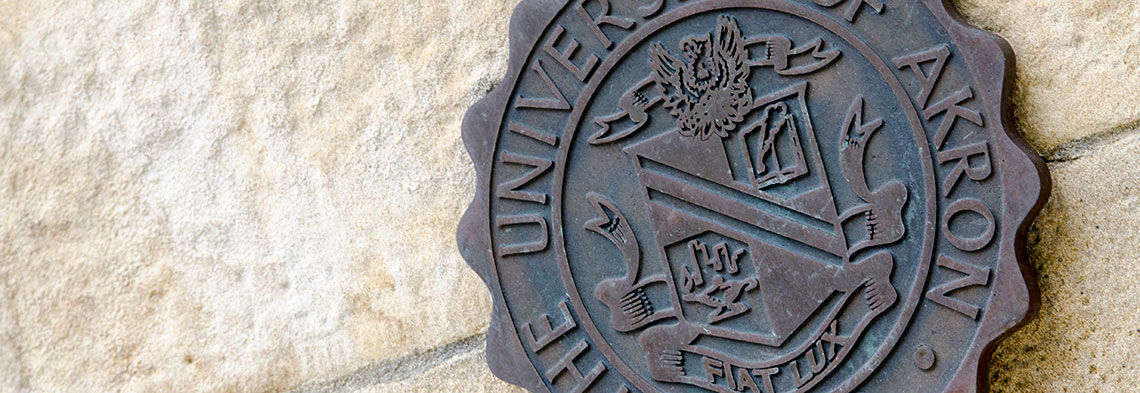Document Type
Article
Publication Date
January 2002
Abstract
In 1841, a Cuban slave ship called the Amistad was captured and taken into custody near Long Island. The forty-five Black people on board were alleged to be slaves, who had mutinied, murdered the captain, killed or expelled the crew and taken over the ship. Two Cubans found on the ship claimed to be their owners. There were salvage claims by the officers who captured the ship and its passengers and miscellaneous other claims by parties claiming a property interest in the ship or its cargo. The United States government intervened on behalf of the Queen of Spain in support of treaty rights regarding the restoration of the lost property of Spanish subjects, thus taking the side of the alleged slave owners. Astonishingly, the alleged slaves intervened on their own behalf, claiming not to be Cuban slaves at all, but illegally kidnapped free Africans, and the United States Supreme Court was eventually called upon to determine their fate.
Based on all of the issues that spring from these facts, I find Amistad a useful Property case. In this Essay, I will describe how I teach the Amistad case to first-year Property students. Teaching Amistad works well both as a review and test of general property principles and as a “perspective” case, allowing the class to step back and examine the nature of property in general.
Publication Title
Saint Louis University Law Journal
First Page
775
Recommended Citation
Brant T. Lee, Teaching the Amistad, 46 Saint Louis University Law Journal 775 (2002).



Comments
Reprinted with permission of the Saint Louis University Law Journal © 2002. St. Louis University School of Law, St. Louis, Missouri.